Everyone remembers the taste of birch sap from childhood; its benefits and natural composition motivate us to go into the forest and collect it. The therapeutic effect of nectar is known: it increases immunity, cleanses of waste and toxins, saturates with vitamins, and has a beneficial effect on the digestive tract. In addition to the benefits, many people love the taste of birch sap; it is preserved for long-term storage with sugar and citric acid, raisins, lemon, orange, black currant branches, mint, rose hips and barberry juice are added.
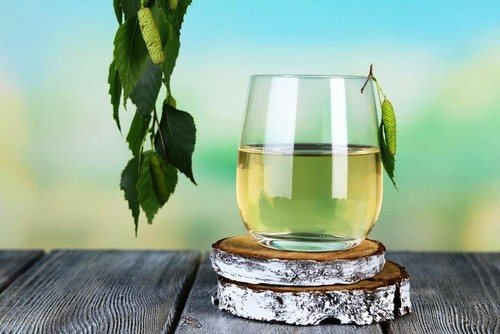
When and how to collect juice
The collection of birch sap begins in March, when the frosts subside, and does not end until the buds bloom on the trees. The most favorable time of day for collection is from 10 to 18 o'clock. It is better to place the container in the early morning, then by the evening you will already have the result. One birch tree produces 2–3 liters of liquid.
The main rules for collecting birch water:
- you need to make a hole in the bark at a distance of 0.5 m from the ground;
- It is better to collect from the south side - there is more sun and heat, which means the movement of juice will be more active;
- a hole in the bark is made with a knife, ax or drill;
- Use an aluminum groove or wooden peg to drain the liquid.
In order not to harm nature, you cannot collect sap from a young birch tree whose trunk is less than 20 cm in diameter - this will destroy the tree. Do not remove a large piece of bark from a tree, even with a thick trunk: this will cause it to dry out.You should not collect large volumes of birch liquid from one tree; it is safer for nature to collect one liter from each.
You cannot make large cuts on the trunk with an ax or break branches - the birch tree will die.
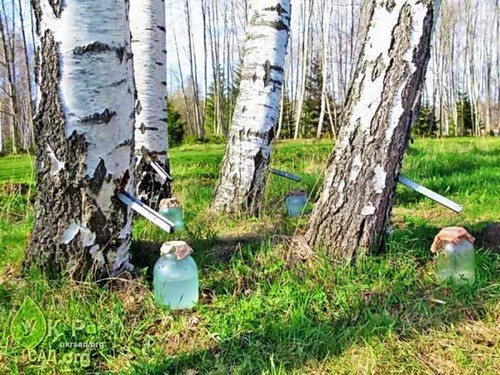
Useful tips
For a rich harvest of healing liquid, use these little tricks:
- For convenient overflow, use a dropper: the end of the tube can be inserted directly into the bottle, which will not allow the birch sap to be lost. The likelihood of debris getting in will be reduced, since the use of containers with a narrow neck is allowed.
- If you don't have a dropper on hand for collection, use a cocktail straw. Make a small hole first so that the tube does not fall out.
- Don’t be too lazy to go deep into the forest: along the roads, the birch sap will be dirtier, and “well-wishers” are unlikely to be able to take it away.
- To make sure in advance that the tree is “juicy”, before placing the container, make a puncture in the bark 1–2 centimeters deep. If water appears, it means that it is worth collecting from this birch tree.
- To determine whether it is worth collecting sap from a tree, you need to listen to it. Tap the trunk with your hand or a stick: if the sound is “dull”, then you can, if it is “ringing”, then the tree is either not ready, or, on the contrary, has become old.
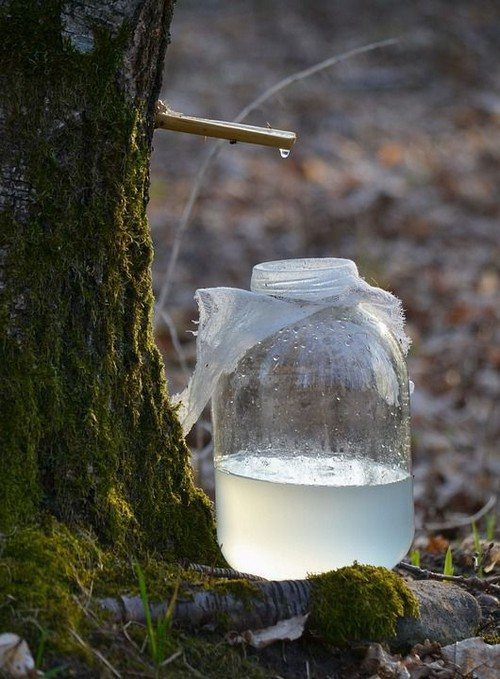
- Do not forget to secure the bottle: while the birch water is being collected, an animal may run by, a strong wind may blow, and the bottle will fall from loss of balance. It is most convenient to secure it with ropes or tape.
- Use a cordless hand drill to make a quick and easy hole. The hole will be smaller than when cutting with a knife, and it will be much faster to make.
As a thank you to nature, after collecting the liquid, help the tree. “Wounds” can be covered with laundry soap, wax, and pine resin. Then, when you come to this birch next year, you will not notice any traces of interference.


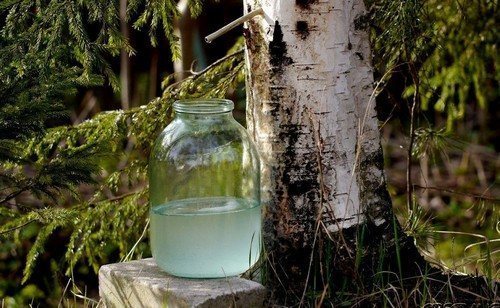


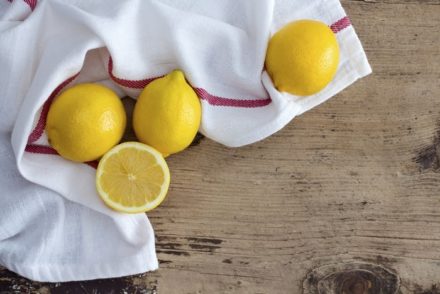
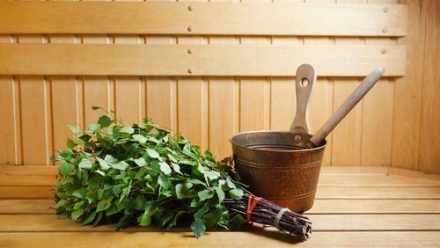
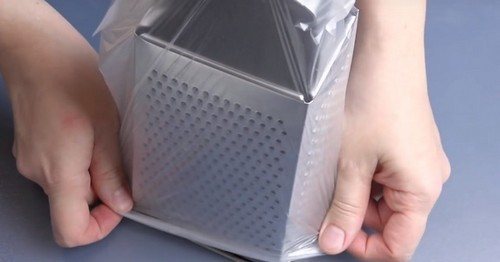
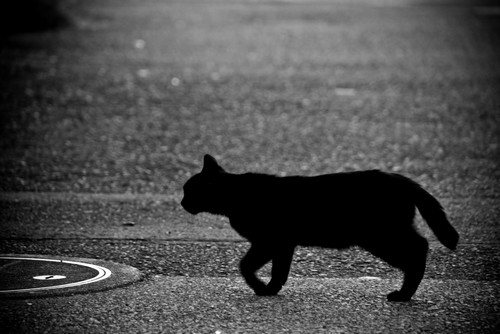

Drill the bark with a feather, cut off a 15 cm bandage, place one end of the bandage in the drilled place, and the other end in a container. And there will be no loss.
What they won’t write! You need to drill not the bark, but the trunk of the birch to a depth of 4-5 cm. The thickness of the birch bark is 0.5 cm. So try to take sap from it. In my favorite forest, I have been collecting sap from the same birch trees for more than 10 years. I take 30-40 liters from one birch tree. Not a single birch tree died or was stunted. By the way, if you remove the top layer of bark from a birch correctly, i.e. birch bark, then there will be no harm to her. But this needs to be agreed with the forester.